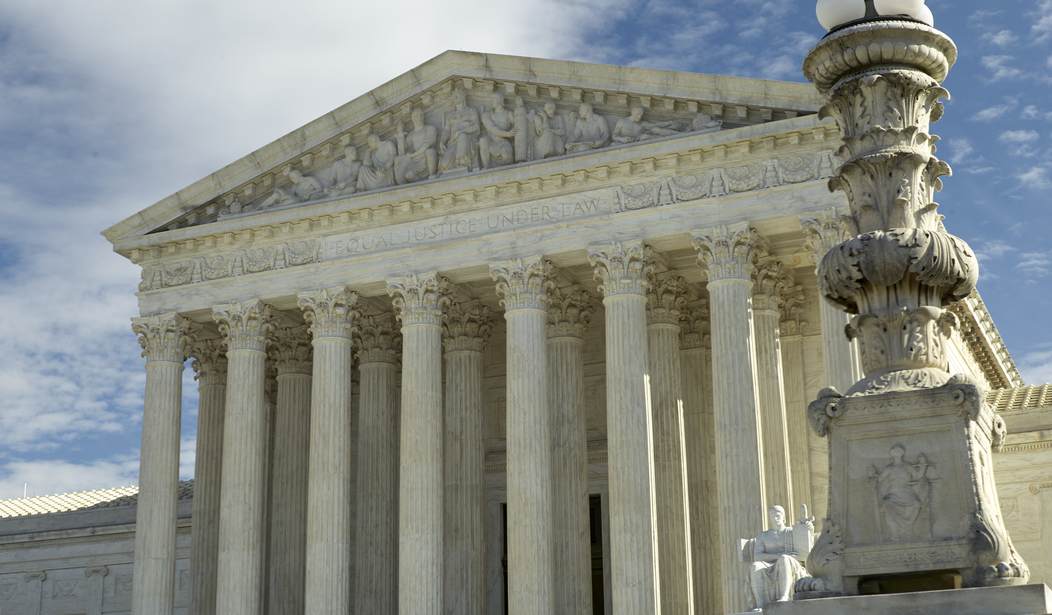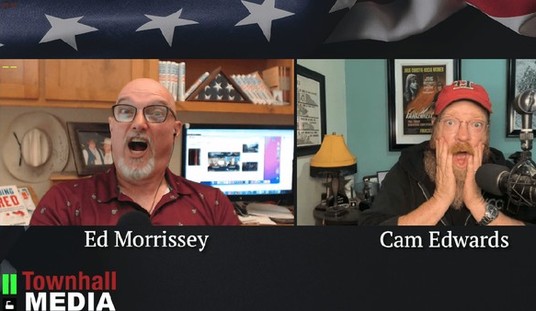The Supreme Court (SCOTUS) is set to take on a Second Amendment case. It’s a big one, too, since it will determine just what shape concealed carry laws can take here in this nation.
Gun control groups are bracing because they figure they’re about to lose another major case before the Court, one that will have long-lasting ramifications on their efforts in all 50 states.
Pro-Second Amendment groups are getting the champaign chilled because even a narrow ruling is likely to be a big win for gun rights throughout the nation.
But some are skeptical, apparently.
In July, a conservative commentator wrote that we should be happy that the Supreme Court is less bad now than at any time during the last 50 years. Another view is that we live in the present, thus should support the court when it rules correctly and oppose it when it rules incorrectly or refuses to rule out of fear of Democrats’ court-packing and term-limit threats, or because no one on the court is comfortable with Americans being armed to the extent the Framers intended.
We may find out which view of the court is more insightful in NYSRPA. If there are five justices who care about original intent, New York will lose, because its law is at odds with the Second Amendment’s text and legislative history, and the history of the right to arms leading to the amendment’s adoption, and it denies New Yorkers their Fourteenth Amendment right to equal protection under the law.
But that’s a big “if.” In Heller, Chief Justice John Roberts and Justices Samuel Alito and Clarence Thomas were part of the majority that rejected original intent to justify banning guns quintessentially within the scope of the right to arms.
Honestly, that’s a fair point. All three of those were part of that decision.
Yet the question you have to ask yourself is why?
The way SCOTUS reaches its decisions isn’t something that just happens. They have to develop enough consensus around a single position so that a majority can be reached one way or the other.
With a 4-4 Court, someone has to be wooed to one side or another. With Heller, there’s reason to believe that part of that wooing process involved a concession that wouldn’t overturn things like the machine gun restrictions in the National Firearms Act. Some indications are that Roberts wanted something along those lines.
Justice Thomas has been pretty adamant about his support for the Second Amendment. Likewise, Justice Alito actually was part of the dissent in a Third Circuit case that upheld the federal machine gun ban. While he’s ruled to uphold convictions of people who broke various gun laws, that’s really not on the table right now. This is someone being denied their constitutional right to bear arms.
That leaves Chief Justice John Roberts…however, with the three additions to the Court–all of whom have pretty solid Second Amendment records–Roberts can side with the more liberal justices and it really won’t matter.
Of course, I could be wrong. Alito might side with the liberals and Roberts jump with Thomas and the others.
However, I’m not sure there’s really all that much to worry about unless you’re expecting constitutional carry across the board. Much as I’d enjoy that, I don’t think we’ll see that. Whether it’s because Alito isn’t quite as ready to embrace all of the Second Amendment as some others or whether it’s because Roberts somehow manages to rein in the others or whether it’s something else, it doesn’t matter.
Right now, worrying about how SCOTUS will break just doesn’t seem worth the effort.









Join the conversation as a VIP Member